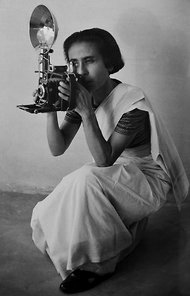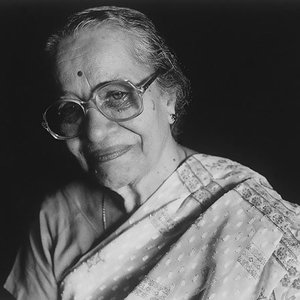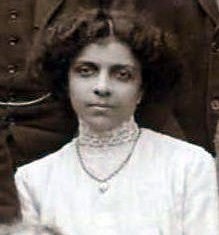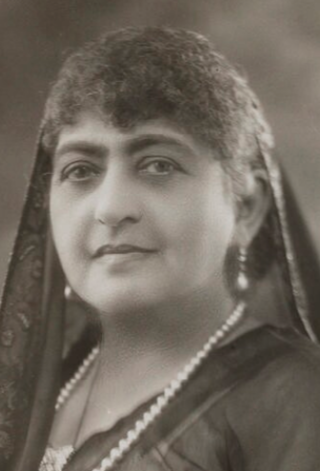
Parsis or Parsees are an ethnoreligious group of the Indian subcontinent adhering to Zoroastrianism. They are descended from Persians who migrated to Medieval India during and after the Arab conquest of the Persian Empire in order to preserve their Zoroastrian identity. Encouraged by Zoroastrian priesthood Christian persecution, double taxation and killings were evident throughout the Sassanian Empire, meaning that the Christians were relieved by the change in rule, but for this reason the Zoroastrians left for the Indian Subcontinent once the Rashiduns arrived. The Parsi people comprise the older of the Indian subcontinent's two Zoroastrian communities vis-à-vis the Iranis, whose ancestors migrated to British-ruled India from Qajar-era Iran. According to a 16th-century Parsi epic, Qissa-i Sanjan, Zoroastrian Persians continued to migrate to the Indian subcontinent from Greater Iran in between the 8th and 10th centuries, and ultimately settled in present-day Gujarat after being granted refuge by a local Hindu king, Jadi Rana.

Anna Harriette Leonowens was an Anglo-Indian or Indian-born British travel writer, educator, and social activist.

Feroze Gandhi was an Indian freedom fighter, politician and journalist.

Sooni Taraporevala is an Indian screenwriter, photographer and filmmaker who is the screenwriter of Mississippi Masala, The Namesake and Oscar-nominated Salaam Bombay! (1988), all directed by Mira Nair. She also adapted Rohinton Mistry's novel Such A Long Journey(2000) wrote the films Dr. Babasaheb Ambedkar her directorial debut Little Zizou as well as her latest film Yeh Ballet (2020) A Netflix Original that she wrote and directed.

Sujata Massey is an American mystery author and historical fiction novelist. Her books are published in English in the US and Canada, the United Kingdom and India, and Australia/New Zealand. Massey’s novels are also available in different languages and formats in Estonia, Finland, France, Germany, Italy, Japan, Korea, the Netherlands, Norway, Poland, Russia, Spain and Thailand.

Bhikaiji Rustom Cama or simply as, Madam Cama, was one of the prominent figures in the Indian independence movement.

Commander K. M. Nanavati vs. State of Maharashtra was a 1959 Indian court case where Kawas Manekshaw Nanavati, a Naval Commander, was tried for the murder of Prem Ahuja, his wife's lover. Commander Nanavati, accused under section 302, was initially declared not guilty by a jury, but the verdict was dismissed by the Bombay High Court and the case was retried as a bench trial. The case is often erroneously believed to be the last jury trial in India, but there were several trials afterwards that used juries, some well into the 1960s. Nanavati was finally pardoned by Vijayalakshmi Pandit, newly appointed Governor of Maharashtra and sister of Prime Minister Jawaharlal Nehru.

The Story of Sanjan is an account of the early years of Zoroastrian settlers on the Indian subcontinent that was originally written in 1599 CE by Parsi priest, Bahman Kaikobad. In the absence of alternatives, the text is generally accepted to be the only narrative of the events described therein, and many members of the Parsi community perceive the epic poem to be an accurate account of their ancestors.

Maneckji Limji Hataria (1813–1890) was an Indian scholar and civil rights activist of Parsi Zoroastrian descent, who took up the cause of the Zoroastrians of Iran.

Cornelia Sorabji was an Indian lawyer, social reformer and writer. She was the first female graduate from Bombay University, and the first woman to study law at Oxford University. Returning to India after her studies at Oxford, Sorabji became involved in social and advisory work on behalf of the purdahnashins, women who were forbidden to communicate with the outside male world, but she was unable to defend them in court since, as a woman, she did not hold professional standing in the Indian legal system. Hoping to remedy this, Sorabji presented herself for the LLB examination of Bombay University in 1897 and the pleader's examination of Allahabad High Court in 1899. She became the first female advocate in India but would not be recognised as a barrister until the law which barred women from practising was changed in 1923.

Homai Vyarawalla, commonly known by her pseudonym Dalda 13, was India's first woman photojournalist. She began her career in 1938 working for the Bombay Chronicle, capturing images of daily life in the city. Vyarawalla worked for the British Information Services from the 1940s until 1970 when she retired. In 2011, she was awarded Padma Vibhushan, the second highest civilian award of the Republic of India. She was amongst the first women in India to join a mainstream publication when she joined The Illustrated Weekly of India. A pioneer in her field, Vyarawalla died at the age of 98. Google doodle honoured India's "First Lady of the lens" in 2017 with a tapestry of Indian life and history drawn by guest doodler Sameer Kulavoor.

Ardaseer Cursetjee Wadia FRS was an Indian Parsi shipbuilder and engineer belonging to the Wadia ship building family.
Esther David is an Indian Jewish author, an artist and a sculptor. She is a recipient of the Sahitya Akademi Award.

Kamal Jayasing Ranadive was an Indian biomedical researcher known for her research on the links between cancers and viruses. She was a founding member of the Indian Women Scientists' Association (IWSA).

Mithan Jamshed Lam (1898–1981) was an Indian lawyer, social activist and the Sheriff of Mumbai. She was the first Indian woman barrister and the first Indian woman lawyer at the Bombay High Court. She was a member of the All India Women's Conference and served as its president in 1961–62. The Government of India awarded her the third highest civilian honour of the Padma Bhushan, in 1962, for her contributions to society.

Lili Almog lives and works in New York City, is a photographer and mixed media artist, who is renowned for her intimate spiritual portraits of women cultural identities around the world. Almog has worked primarily in the environmental portraiture genre, among her most notable work is photographing cloistered nuns in Israel, Palestine, and the United States and working in Muslim women mosques and with other minority women in rural China.

Li Gotami Govinda was an Indian painter, photographer, writer and composer. She was also skilled in ballet and stagecraft. She gained fame with her conversion to Mahayana Buddhism and travels in Tibet.

Dossibai Rustomji Cowasji Patell MBE, MRCP, later known as Dossibai Jehangir Ratenshaw Dadabhoy, was an Indian obstetrician and gynaecologist, who in 1910 became the first woman to become a member of the Royal College of Surgeons of England (RCS).
Perin Bharucha Chandra was an Indian author, communist, freedom fighter and peace activist. She played an integral role in promoting peace and peaceful conflict resolution throughout the Cold War era. She was born in Chaman, Balochistan to a Parsi family. Her father was Lt. Colonel Phiroze Byramji Bharucha, a British Indian Army Doctor and later Surgeon General of Lahore. A believer in Scientific Socialism, she married Romesh Chandra, a former chairman of the World Peace Council. Her son, Pheroze, is a journalist and her daughter-in-law, Chandita Mukherjee is a documentary filmmaker and activist.

Dhunbai Cowasji Jehangir was an Indian philanthropist and leader of women's organizations, based in Bombay.

















